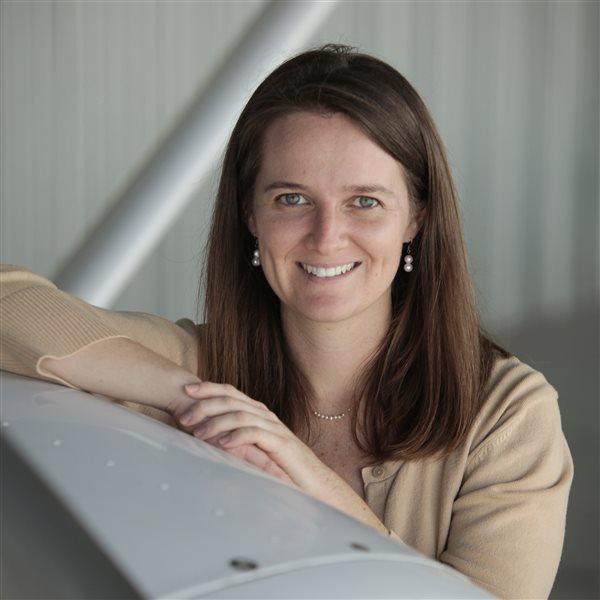AOPA Sweepstakes: ‘We try to save them’
Refurbs return Super Cubs like AOPA’s sweepstakes airplane to the air

Meggers works with Super Cubs that have been damaged or have rotten fabric, and his shop is going to painstaking lengths to inspect, repair, and restore the original AOPA sweepstakes aircraft while carefully recording all of the work in the aircraft’s logbooks. The superior Super Cub’s restoration will seem more extensive than past AOPA sweepstakes projects, in large part because of the fabric skins, plethora of aftermarket replacement parts, and seemingly innumerable modification options.
“The Super Cub is probably the most highly modified aircraft,” Meggers said, noting multiple gross weights, tire sizes, engine options, and electrical systems as examples.
The fabric skin has been stripped from the airframe—something previous sweepstakes projects haven’t undergone. Unlike a Cessna 172 in which the metal skin is part of the structure, the fabric on Super Cubs is not considered structural even though it provides some support, Meggers explained. Skin replacement is considered a major repair.
Time and cost can be considerations when determining whether to repair or replace parts in a refurbishment. Time-consuming repairs may cost more in labor than a new factory-produced part. “Just about every part for a Super Cub is available in the aftermarket category,” he said. “Univair is especially good because they have a lot of parts for ragwing Pipers, as we call them,” he said, adding that the company started producing replacement fuselages for Super Cubs in the 1990s. Because of corrosion and the age of an aircraft, it’s common to purchase a new fuselage on restoration projects. The AOPA Super Cub’s airframe parts are coming from Univair.
As a rule of thumb, Baker Air Service will repair a rib if it takes one or two repairs. But if it has multiple repairs that could take three or more hours to fix it is more cost-effective to buy a new one at $100. That said, Meggers stressed, “We try to repair as much as we can.”
Baker Air Service has been working on the AOPA Sweepstakes Super Cub, repairing the ailerons, painting and assembling the wing structure, and installing the Wipaire gross weight increase kit that reinforces the wing (the rest of the kit will be installed on the landing gear and lower door frame). The fuselage has been corrosion proofed, and workers are making small modifications to the frame to accommodate the planned improvements for the aircraft. Up next will be putting it all together, just to take it apart again to start adding fabric from Consolidated Aircraft Coatings to individual components.
Email [email protected]



